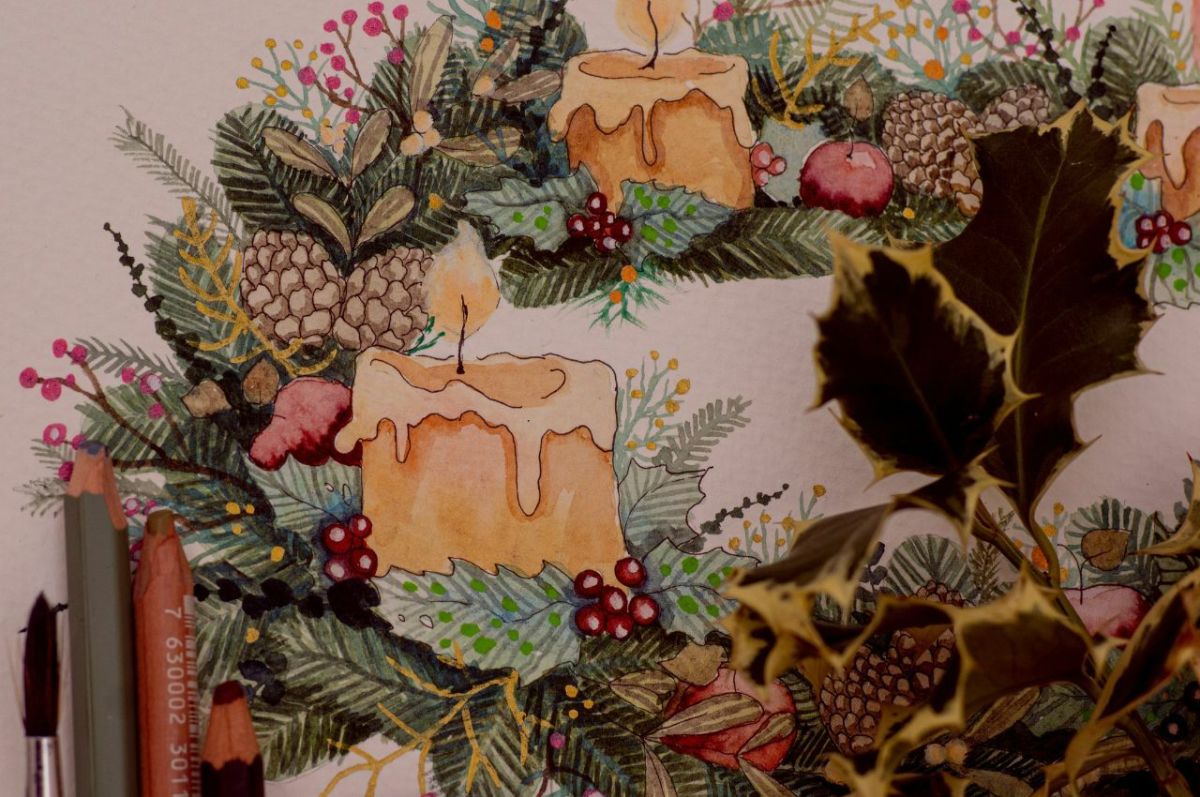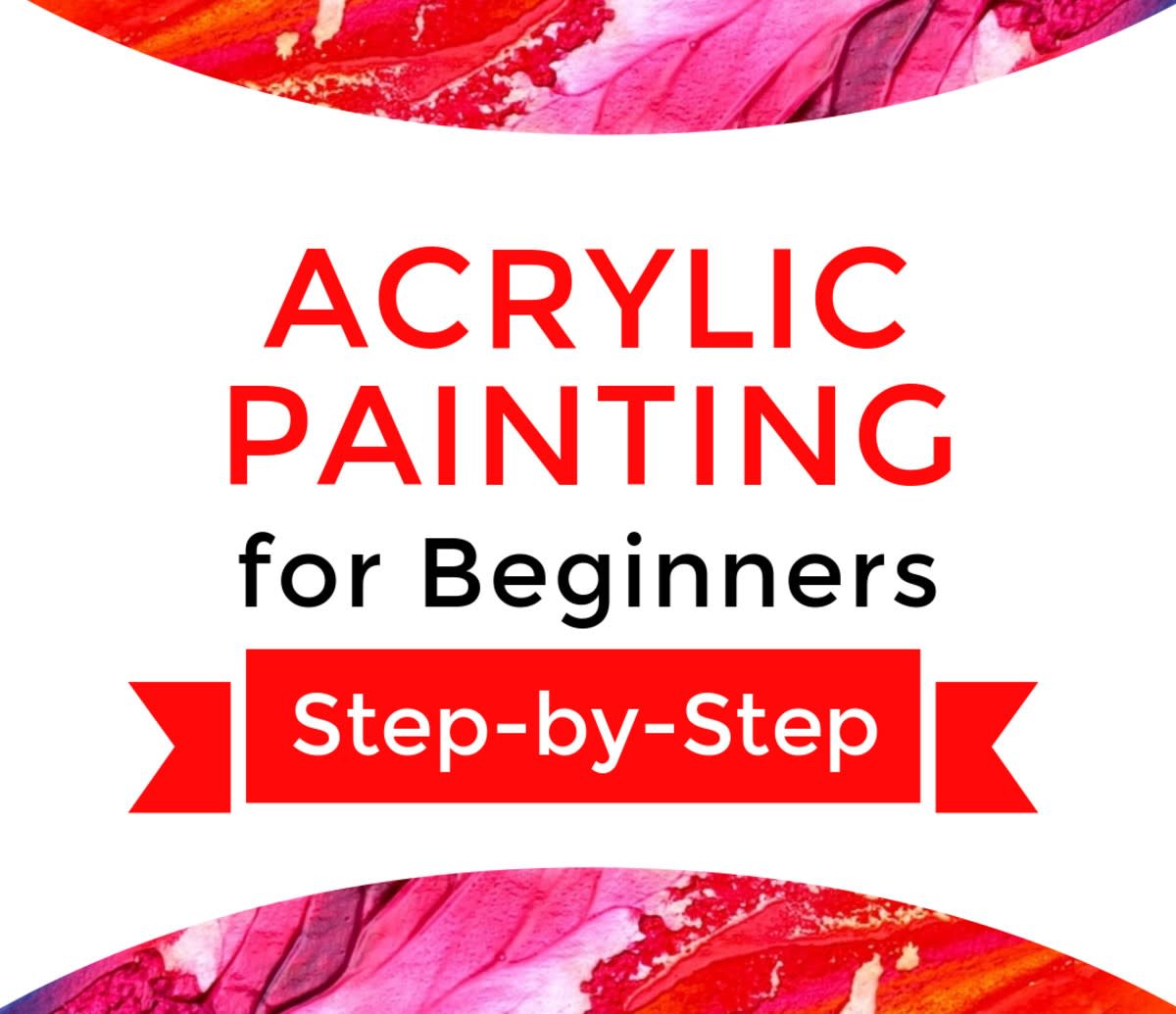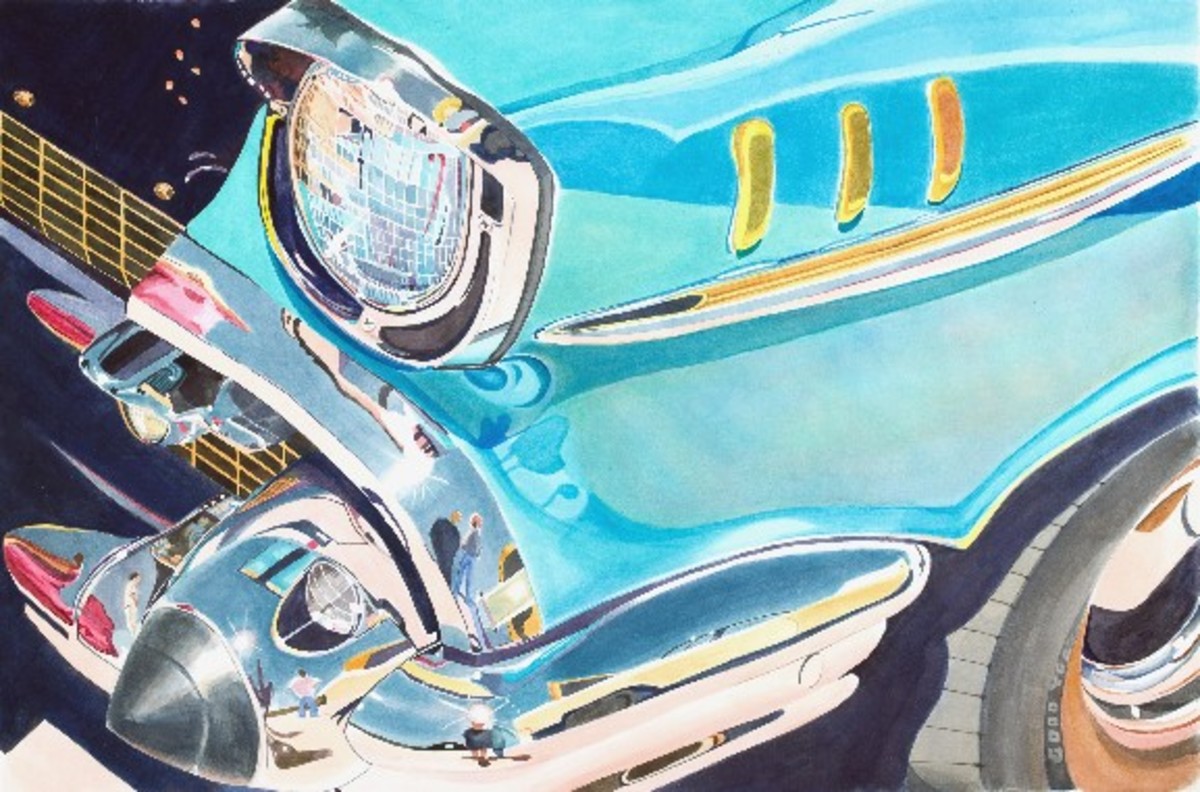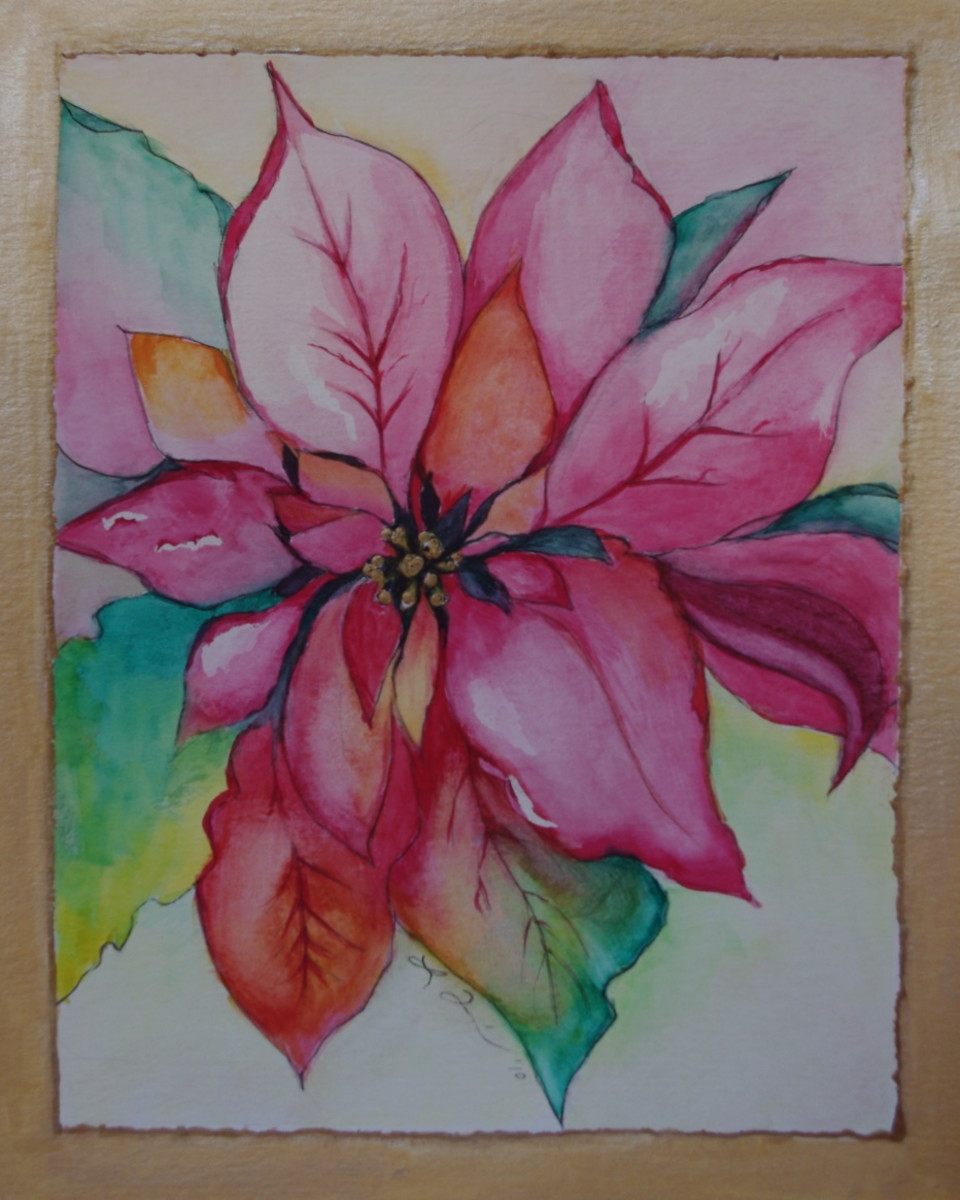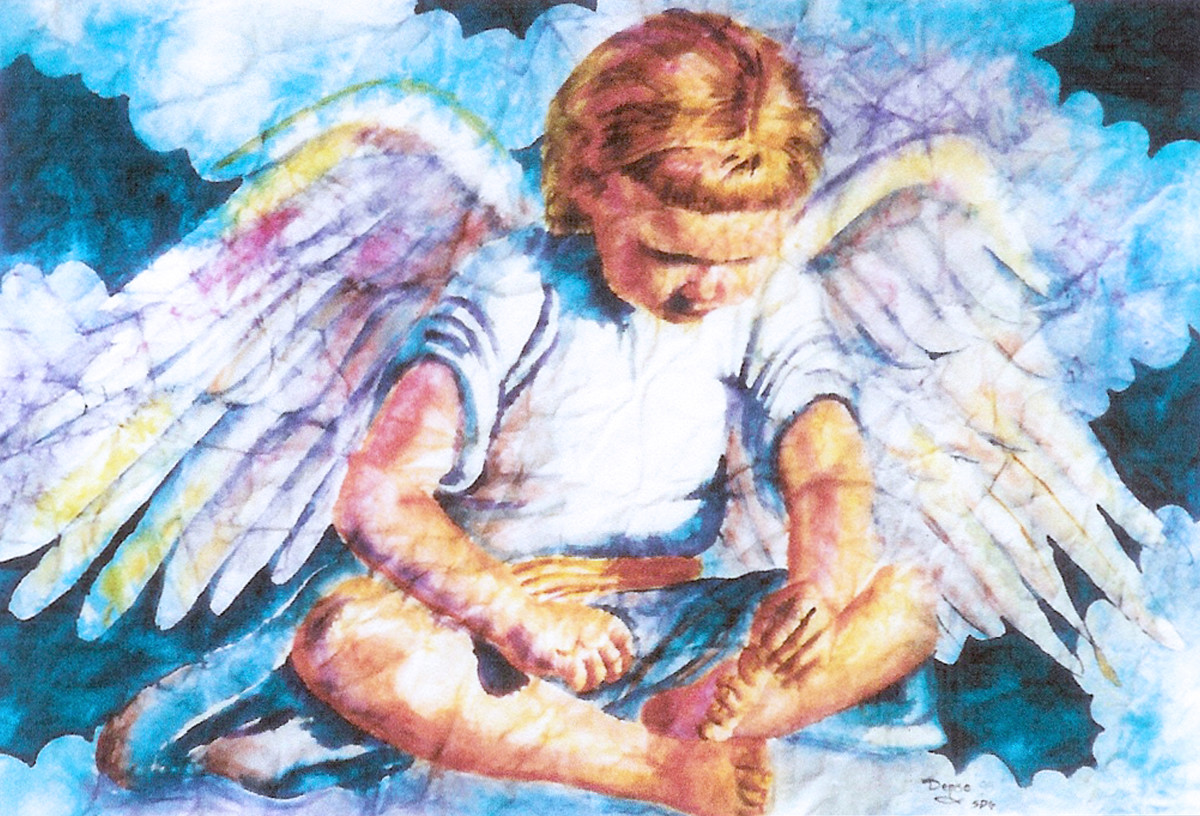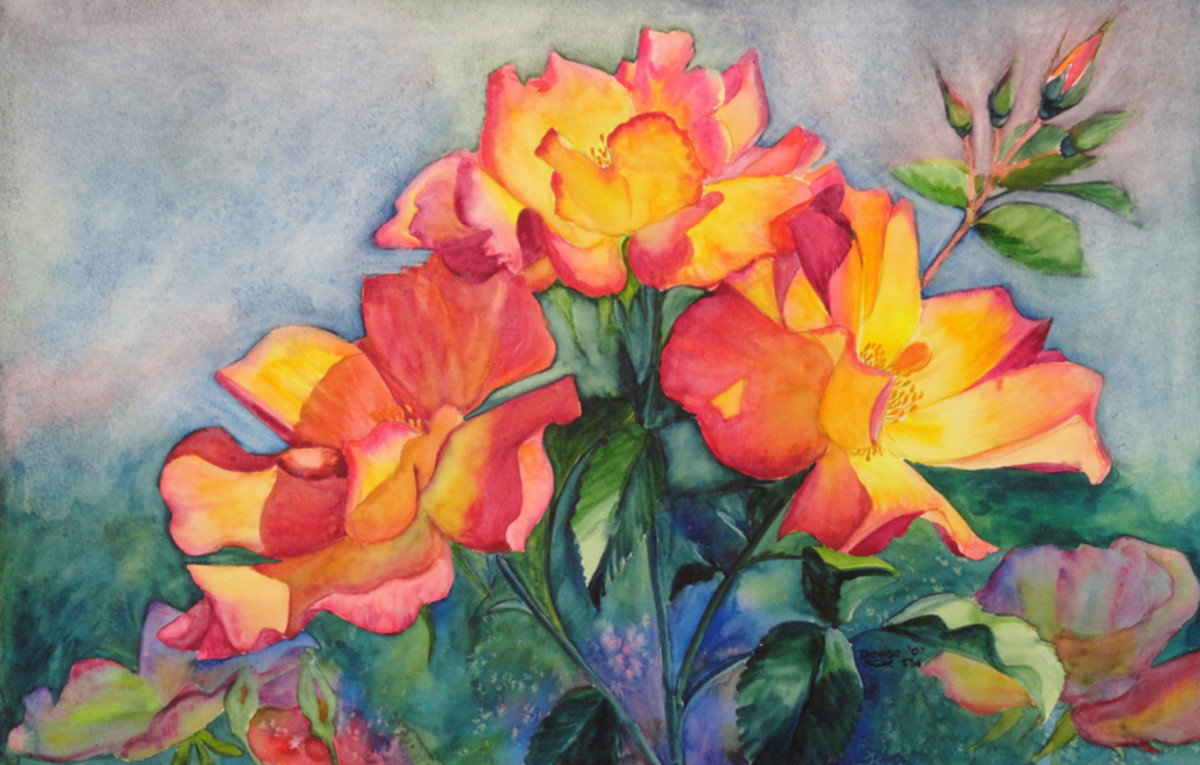3 Problems With Watercolor Fixed

Help For The Novice
If you are a beginner, there are several things in watercolor that make people want to avoid it. But they are really easy fixes or easy to avoid if you know about them. Here are a few things that will make your experience in watercolor better.
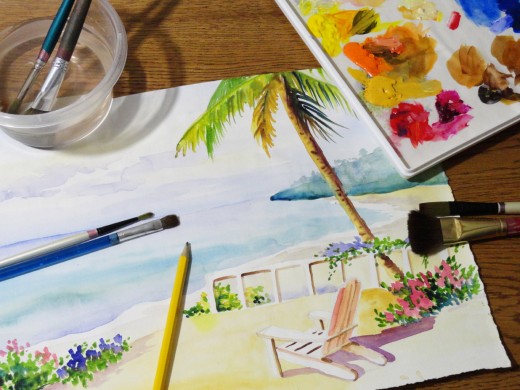
1. Muddy Color
As I have explained before, in paint certain colors will cancel each other out and make a neutral or “mud.” Those are called compliment colors and are easily found on a color wheel because they are opposite each other. Unless you are painting mud, you really don’t want muddy colors. The novice usually achieves this by accident. If you are careful not to mix more than three colors together, you should be safe.
Doing what you love is the cornerstone of having abundance in your life.
— Wayne Dyer
Demonstrator
I went to a demonstration where a lady mixed four and five colors together on purpose. I asked her why she was making mud and she smiled. Because, she said, she was preparing to paint the ground under her tractor. Sure enough, she laid in oranges and blues, reds and greens, to make a colorful, neutral earth tone like nothing I had ever seen. I would have used burnt umber and cadmium red pale for a warm brown. However, her neutral earth was not just brown. In places, you could still see the warm orange, and in places, the blue was visible, yet muted by the mud. She went on to do a similar thing with the barn behind the tractor. She streaked upward strokes of permanent rose and green, ultramarine blue and cadmium orange, purple lake, and cadmium yellow, with a few streaks in between of just permanent rose, or ultramarine blue or cadmium orange. The result was old barn wood that was neutral mud and at the same time full of color. Fascinating.

2. Glazing or Layering Technique
I have had a lot of people look at my work and exclaim that they couldn’t believe it was watercolor because the colors were so vibrant and rich. They thought that watercolor paintings were only muted, soft and washed-out pastel-looking. Not true. Watercolor can be very rich if you use a layering method.
Layering is the method of building up the depth of value needed for dark background or deep shadows. It is not good to try to make your shadows as dark as you want them on the first coat or layer. For that, you would need to paint with pure “pudding” straight from the tube and too often what you achieve is not a glowing transparent color but dried cracked goop. In this picture, I layered the color of dark blue in the background and waited for the picture to dry. Then I layered on another color like deep purple. After that dried, I layered another coat of brown and indigo. The result is a deeply rich background that still has the illusion of transparency.
Before a child talks they sing. Before they write they draw. As soon as they stand they dance. Art is fundamental to human expression.
— Phylicia Rashad
Patience
Using this layering method demands patience. Be fine with painting a layer of light color and then wait for it to dry. Paint another layer of light color and wait for it to dry. You can add 5 to 10 layers in this way building up gradually. Because of this I often like to have 3 or 4 paintings in progress at the same time. I can work on one and set it to one side to dry while working on another.
I also used a photo of my dad for this because he has been departed now for more than two decades. I remember when he made some rocking horses for my little girls and I wanted to immortalize the memory in the paint. In the photo, Dad's workbench was covered with debris and work in progress. I didn't want to paint all that so I eliminated much of and it "cleaned-up" his workbench for the painting. He would have appreciated that. Also, notice the hair on my Dad's arms was done with masking fluid.
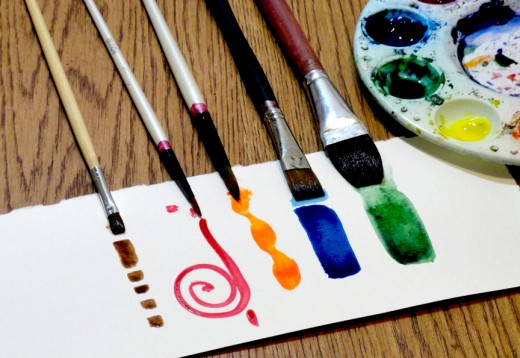
3. Damp Paper Problems
On nearly dry paper it is easy to create the “blossom” some call it or the “cauliflower” or explosions. If you are not careful of the washes that flood the paper and standing water in places can form a puddle. These puddles will dry leaving a distinctive rim that will ruin a good painting. Some places on your painting won’t be harmed by a “blossom,” but you will not want one in a sky or face. Once the puddle has dried into a blossom, it is next to impossible to change. You must catch the puddle forming and dip out the excess water with a thirsty (or almost dry) brush or towel before it begins to dry.

Wet Paper Sheen
You can tell if the paper is damp, not wet, by looking sideways at it. There should be no sheen to the paper. If there is a sheen, it is still too wet; wait a couple of minutes or use a blow dryer to speed up the process. On damp paper, you can make soft lines run slightly. You can make dapples for tree leaves appear soft and in a fog. For this, you must use more pigment on the brush and less water. I use the damp method for making shadows in petals on flowers and under things. The edges of the shadows will appear soft but not run all over the paper.
About Me
When I was in school I was incredibly shy. I found it impossible to speak to someone I didn’t know, and grateful and relieved when I found my language in art. It speaks through line, design, contour, color, shape, and subject. My voice got me noticed and even won me a few awards. Eventually, I overcame the fear of talking but art is still my first language. I like to say that I am bilingual and English is only my second language. This is the way you should look at your paintings. You are speaking to an unseen audience and what would you like to say? Do you tell them about yourself? About your life? About your love? About your sorrows? Think of art as a language you are just learning, and like any new language, you will get better at it the more you practice it.
The hardest part about selling art is that you are expected to paint what someone else may want, not just what you want. This is hard but I have found that no one comes to me unless they like my style, and therefore they want what I can do for a painting. In part, this helps to paint what they want, because they want it my way.
Have you any thoughts? Let me know what you think in the comments below. Check out my website at dancingpaintbrushco.com.

